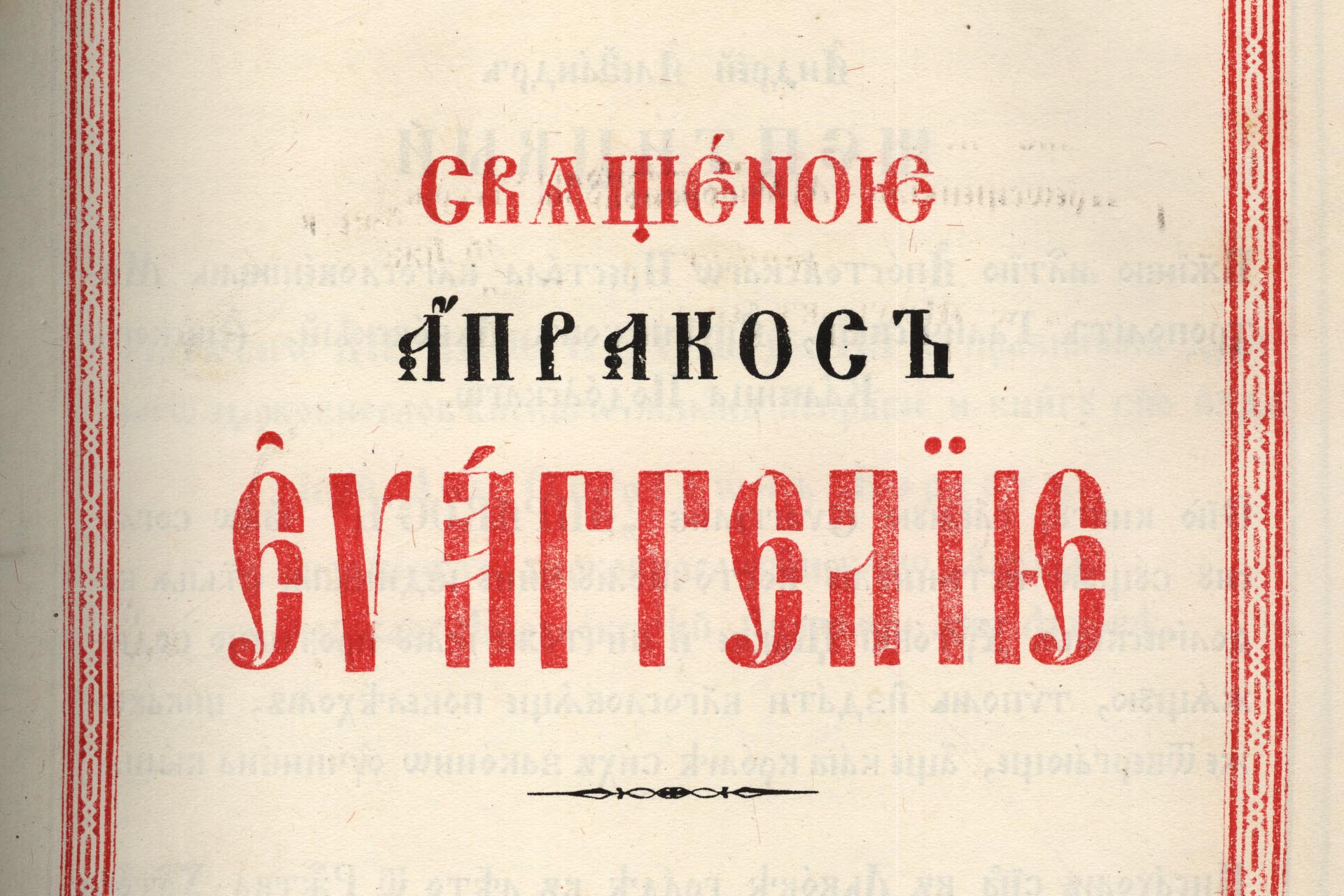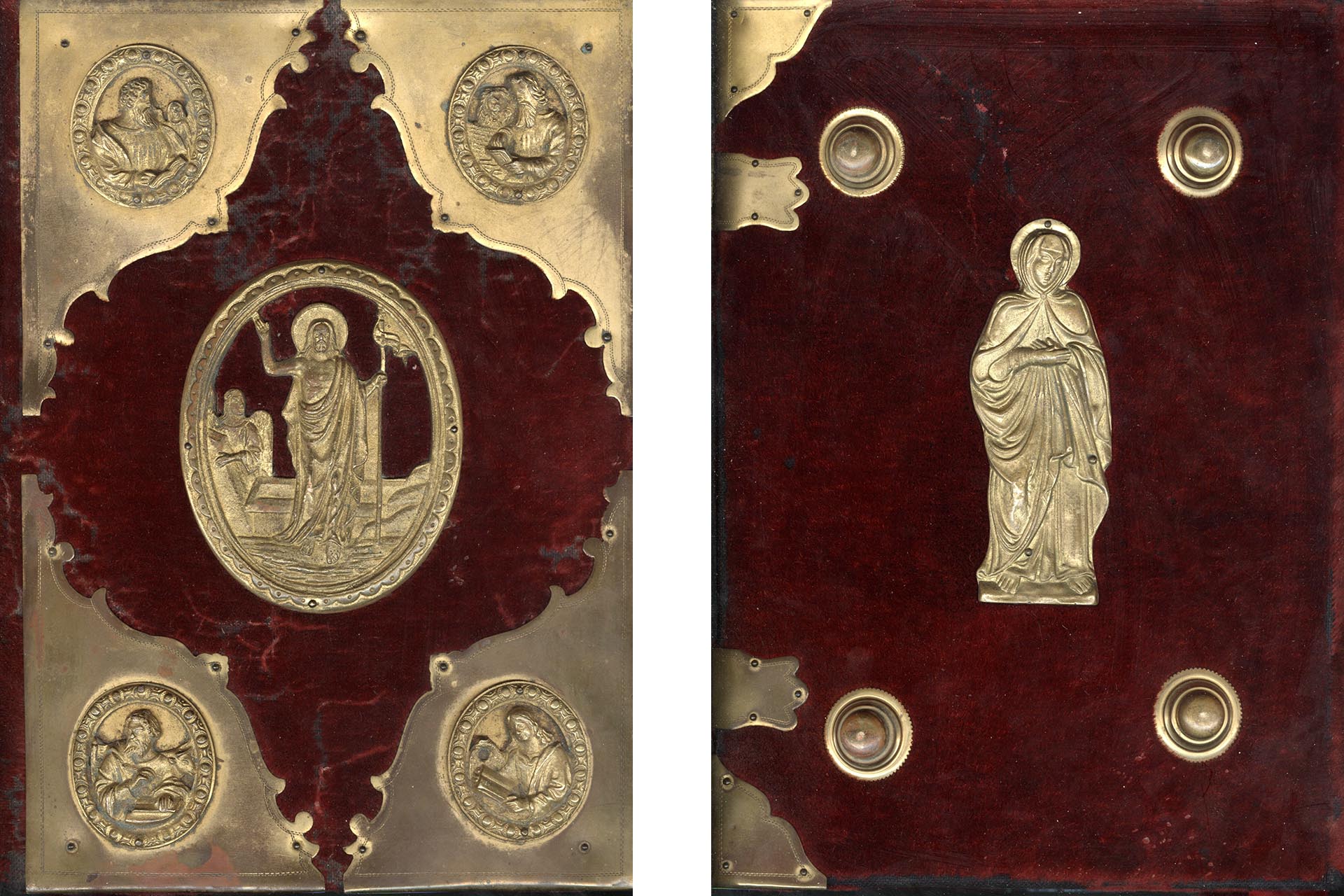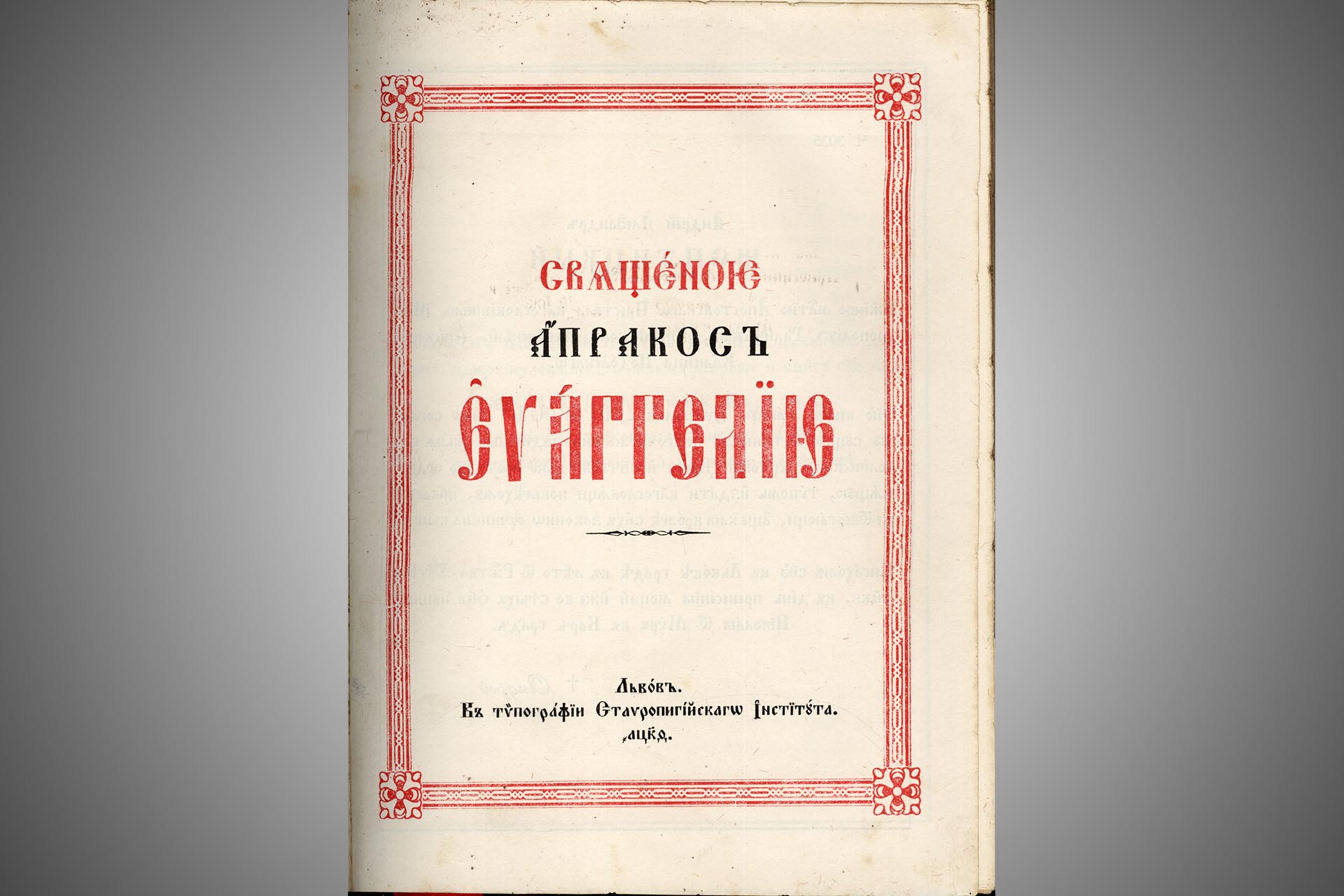The Gospel was used by the priest of the Ukrainian Greek Catholic Church, Ivan Mykhailovych Kubai.
Ivan Kubai was born in 1916 in the Ternopil region. Ivan’s father died at the front, so his uncle, Father Hryhoriy Kubai, a priest of the Ukrainian Greek Catholic Church, took the boy in for upbringing. Ivan decided to receive a spiritual education and entered the Greek Catholic Theological Academy in Lviv in 1936. After the annexation of Galicia and Volhynia to the USSR in 1939, the Soviet authorities began to liquidate religious institutions, including the Academy. Ivan Kubai was able to continue his education only in 1941. In 1943, he was ordained as a priest and served in pastoral work in the villages of Zalanyv and Zhovchiv in Stanislav region (now Ivano-Frankivsk region) until 1946. After the forced annexation of the UGCC to the Orthodox Church, Father Ivan continued to fulfill his duties as a clergyman while under the supervision of the Soviet state security organs and was forced to combine them with agricultural work. In the 1950s, he underwent numerous searches and arrests, and in 1958, he was forcibly sent to a psychiatric hospital, from which he emerged as an invalid.
Despite the oppression from the authorities and his health condition, he continued to conduct underground services for Greek Catholics until the UGCC emerged from underground.
In a sturdy cover, upholstered in red velvet fabric. Metal plates with a decorative cut of yellow color, depicting gospel figures in oval medallions, are attached to the corners of the front side of the cover: in the upper left corner — John (holding an open book); in the upper right corner — Matthew (drawing on parchment with a curved knife); in the lower left corner — Luke (sharpening a quill); in the lower right corner — Mark (writing).
On the reverse side of the cover — an image of the Mother of God, with metal plates with a decorative cut in the corners and four small convex round metal stands of yellow color. The cover has two yellow metal clasps. The endpapers feature a plant ornament in red and gold colors. On the title page — the name of the book in a stylized frame. The printed text is double-sided in black rectangular frames, with certain words in red. With a red ribbon.


